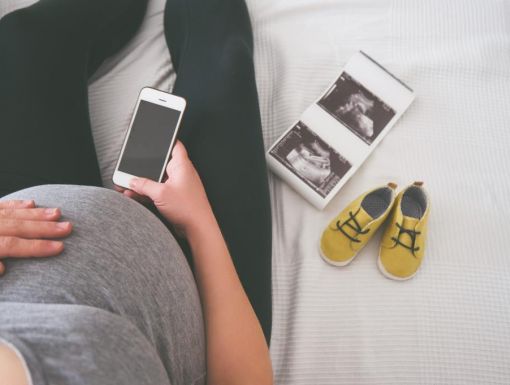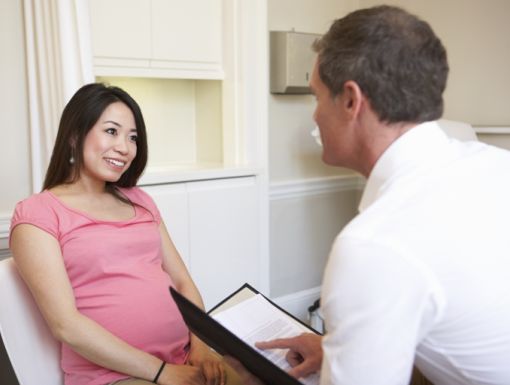
Preeclampsia: Signs and Symptoms
During pregnancy, your body is going through so many changes and it can be hard to differentiate a normal symptom of pregnancy from a larger issue.
What is it?
Preeclampsia is a disorder affecting mothers that occurs only during pregnancy and the postpartum period. It is a rapidly progressive condition, seen in 5-8% of all pregnancies characterized by high blood pressure and other symptoms such as severe headache, blind spots in vision, or pain in the right upper quadrant of the abdomen. There is also sometimes the presence of new protein in urine. Many women suffering from preeclampsia don’t feel sick and may be surprised or become frustrated when they are suddenly admitted to the hospital.
What are some signs and symptoms?
High blood pressure: This is one of the biggest red flags that preeclampsia may be developing. High blood pressure is traditionally defined as blood pressure of 140/90 or greater, measured on two separate occasions six hours apart. During pregnancy, a rise in the lower number (diastolic) of 15 degrees or more, or a rise in the upper number (systolic) of 30 degrees or more can also be a cause for concern.
Proteinuria, another sign of preeclampsia, is the result of proteins (normally confined to the blood by the filtering role of your kidney) spilling into your urine. This is because preeclampsia temporarily damages this “filter.” Albumin, as well as many other proteins, are lost this way.
A certain amount of swelling is normal during pregnancy, but accumulation of excess fluid can be a concern when it occurs in your face, around your eyes, or in your hands.
Dull or severe, throbbing headaches, often described as migraine-like that just won't go away are cause for concern.
Sharp, more acute pain in your ribs may be a sign of HELLP Syndrome or a related problem in the liver.
Vision changes are one of the most serious symptoms of preeclampsia. They may be associated with central nervous system irritation or be an indication of swelling of the brain (cerebral edema).
Shortness of breath, a racing pulse, mental confusion, a heightened sense of anxiety, and a sense of impending doom can be symptoms of preeclampsia. If these symptoms are new to you, they could indicate an elevated blood pressure, or more rarely, fluid collecting in your lungs (pulmonary edema).
What can I do to prevent preeclampsia?
- At prenatal appointments, make sure you get weighed in, get your blood pressure checked and your urine tested for protein. Do not be afraid to question your provider if any of these tests are omitted.
- Eat a diet full of vitamins, minerals and the basic food groups and reduce your consumption of processed foods, refined sugars and caffeine. Eliminating alcohol and any medication not prescribed by a physician is also essential.
- If you think your face is becoming excessively puffy, find a picture of yourself from just before pregnancy to share with your healthcare provider. If the swelling in your hands and feet becomes severe, you may notice “pitting edema” (when you press your thumb into your skin, an indentation remains for a few seconds) or discoloration of your legs. If you suspect this kind of edema, notify your healthcare provider.
- If you have tried taking over-the-counter medication without relief for a headache or if your headache is very painful, and accompanied by light sensitivity, or vision changes, check your blood pressure and call your provider immediately for their recommendations.
During pregnancy, it’s important to trust your instincts, and if something feels off, never be afraid to call and discuss it with your provider. The worst outcomes of preeclampsia can be avoided if symptoms are recognized early.



